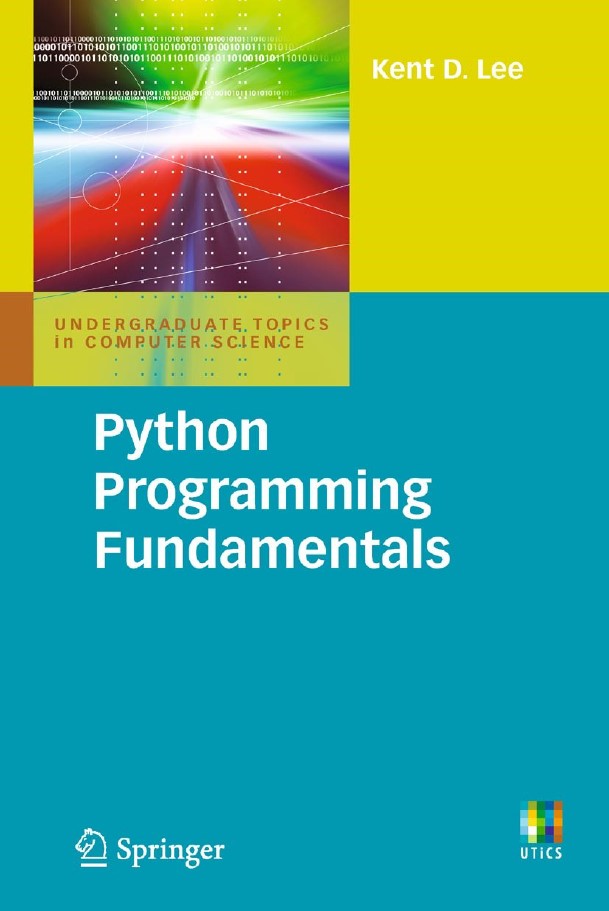
Python Programming Fundamentals
Type de document : PDF
Description : Livre en Anglais pour apprendre les bases de la programmation en Python
Auteurs : Dr. Kent D. Lee
Année : 2011
Catégorie scientifique : Programmation – IT
Niveau : Licence 1
Résumé : Computer Science is a creative, challenging, and rewarding discipline. Computer programmers, sometimes called software engineers, solve problems involving data: computing, moving, and handling large quantities of data are all tasks made easier or possible by computer programs. Money magazine ranked software engineer as the number one job in America in terms of flexibility, creativity, low stress levels, ease of entry, compensation, and job growth within the field. Learning to program a computer is a skill that can bring you great enjoyment because of the creativity involved in designing and implementing a solution to a problem. Python is a good first language to learn because there is very little overhead in learning to write simple programs. Python also has many libraries available that make it easy to write some very interesting programs including programs in the areas of Computer Graphics and Graphical User Interfaces: two topics that are covered in this text. In this text, students are taught to program by giving them many examples and practice exercises with solutions that they can work on in an interactive classroom environment. The interaction can be accomplished using a computer or using pen and paper. By making the classroom experience active, students reflect on and apply what they have read and heard in the classroom. By using a skill or concept right away, students quickly discover if they need more reinforcement of the concept, while teachers also get immediate feedback. There is a big difference between seeing a concept demonstrated and using it yourself and this text encourages applying concepts immediately to test understanding. This is vital in Computer Science since new skills and concepts build on what we have already learned. In several places within this book there are examples presented that highlight patterns of programming. These patterns appear over and over in programs we write. In this text, patterns like the Accumulator Pattern and the Guess and Check Pattern are presented and exercises reinforce the recognition and application of these and other abstract patterns used in problem-solving. Learning a language is certainly one important goal of an introductory text, but acquiring the necessary problem-solving skills is even more important. Students learn to solve problems on their own by recognizing when certain patterns are relevant and then applying these patterns in their own programs.
